Populations of bees and other pollinators are declining around the world. Learn about some of the challenges they are facing and how you can help.
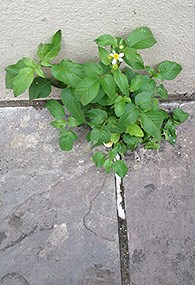
Encyclopedia of Life Photo
Habitat Loss
Pollinators require natural spaces with vegetation and flowering plants in which to live and forage for their food: pollen and nectar.The chief causes for pollinator habitat loss are agriculture, mining and human development:
- Alternate land uses may not provide overwintering, foraging, and nesting sites for pollinators that have specific habitat needs.
- Concrete, cement, and metal surfaces replace vegetated areas limit habitat for ground-nesting pollinators and provide scarce opportunities for pollinator foraging.
- Fragmented habitat may be too small to meet pollinator survival needs.
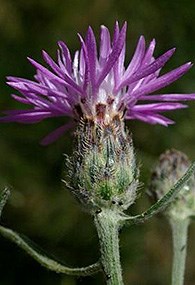
NPS Photo
Non-Native Species
Pollinators require specific plants which provide nutrition and habitat to larval (immature stages) and adults pollinators.Native plants or wildflowers needed by pollinators may be out-competed by non-native species.
- Non-native plants may attract pollinators away from native species that are more nutritious and better food sources.
- Non-native species of pollinators may compete with native pollinators for pollen and nectar.
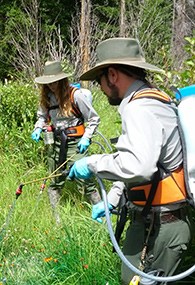
NPS Photo
Pesticides
Pesticides are tools used to kill pest plants, insects, fungi, other pests. They include herbicides, insecticides, fungicides.
- Pesticides can adversely affect pollinators directly or some types of pesticides may remain in the environment for an extended time and affect multiple generations of pollinators.
- Insecticides applied to plant seeds may, when the plant is mature, contaminate pollen grains that are food sources for pollinators.
- Insecticides that don't directly kill may hamper the ability of pollinators to navigate or forage.
- Herbicides may kill important forage plants for pollinators.
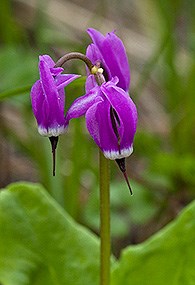
NPS Photo / Jacob W. Frank
Climate Change
- Flowering plants may occur farther north or at higher elevations as a response to warming temperatures and may become out of sync with their pollinators.
- The types and distributions of pollinators may change; pollinators adapted to warmer temperatures may expand their northward range, displacing other pollinators.
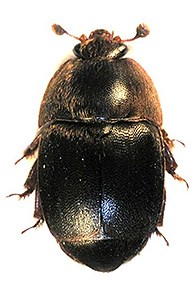
Encyclopedia of Life Photo
- Key parasites and diseases affecting honey bees include Varrora mites, Hive Beetle, and Colony Collapse Disorder.
- There is more extensive transfer of parasites and diseases due to rapid travel and commerce.
- Non-native parasites and diseases infect native species.
Last updated: June 18, 2018
